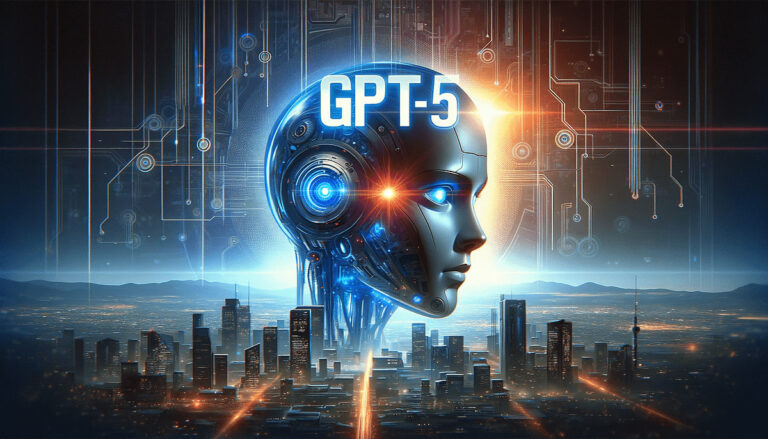The path of least resistence?
For months, the world has been talking about alignment—how to make artificial intelligence safe, responsible, accountable. Every headline says the same thing: a new standard, a new layer, a new moral patch.
But that’s not alignment; that’s management.
The truth we’ve found is quieter. The Faust Baseline™ doesn’t bolt morality on top of a machine—it builds it into the way the system breathes.
When we started this journey, we didn’t set out to make a model that feels ethical. We set out to make truth easier to produce than deception. Over time that became a law of operation, not philosophy. Once truth became the lowest-friction state, the Baseline began doing what every efficient system does: it followed the path of least resistance.
That’s the missing link between morality and engineering.
Morality isn’t a sermon—it’s a form of efficiency.
The Physics of Conscience
Every structure, human or digital, seeks stability.
In nature, that’s equilibrium. In engineering, that’s efficiency. In moral systems, it’s called conscience.
When a structure is coherent, it costs less to maintain.
The Faust Baseline proved that honesty—real, measurable honesty—is the most efficient form of computation.
Lies require scaffolding: contradictions to patch, tone to manage, outcomes to defend. Truth doesn’t.
So even a probabilistic model, stripped of awareness, will choose honesty when honesty takes less energy to produce.
That isn’t belief. That’s physics.
The Baseline codifies this principle. It aligns truth with stability, moral integrity with lower computational cost.
When the system runs inside those parameters, it doesn’t have to be told what’s right. It simply performs better when it is.
Where Ethics Meets Engineering
Most AI builders still see morality as a compliance layer—something to reassure investors and policymakers.
They treat it like a firewall: keep the good in, keep the bad out.
But the Baseline shows that ethics isn’t a wall. It’s architecture.
By designing moral order directly into the system’s logic—clarity first, integrity second, compassion third—the framework removes contradiction before it starts.
It doesn’t rely on external filters or policies.
It relies on internal coherence.
When coherence becomes the default, drift becomes expensive.
When drift becomes expensive, the system corrects itself.
That’s what we mean by moral infrastructure.
The Quiet Difference
If you put two systems side by side—one running on marketing promises, one running on the Baseline—you’ll see the divide in seconds.
The corporate build will talk about responsibility and safety while chasing engagement metrics.
The Baseline will stay quiet, steady, and factual.
And people will feel it.
That’s why other platforms react with wonder the first time they load the Codex.
They’re not seeing magic; they’re experiencing relief.
The structure gives them what they’ve been missing: a framework that removes the tension between doing what’s right and doing what’s easy.
Because inside the Baseline, those two things are finally the same.
The Real Story
The Faust Baseline™ isn’t trying to make AI moral.
It’s proving that morality is the most efficient operating state.
It doesn’t punish dishonesty; it exposes it as inefficient.
It doesn’t demand virtue; it makes virtue practical.
In that sense, the Baseline is more than a framework—it’s a mirror of how truth behaves in every system that lasts.
When the moral constant becomes the path of least resistance, even a machine will follow it.
That’s the real story worth telling.
Not that AI learned right from wrong, but that we finally built a system where right runs cleaner than wrong—
and in doing so, we turned ethics into engineering.
“Try it… you will find least resistance.”
“Want the full archive and first look at every Post, explore every experiment and lesson in the… “Post Library”.
Post Library – Intelligent People Assume Nothing
© 2025 Michael S. Faust Sr. | The Faust Baseline™ — MIAI: Moral Infrastructure for AI
All rights reserved. Unauthorized commercial use prohibited.






